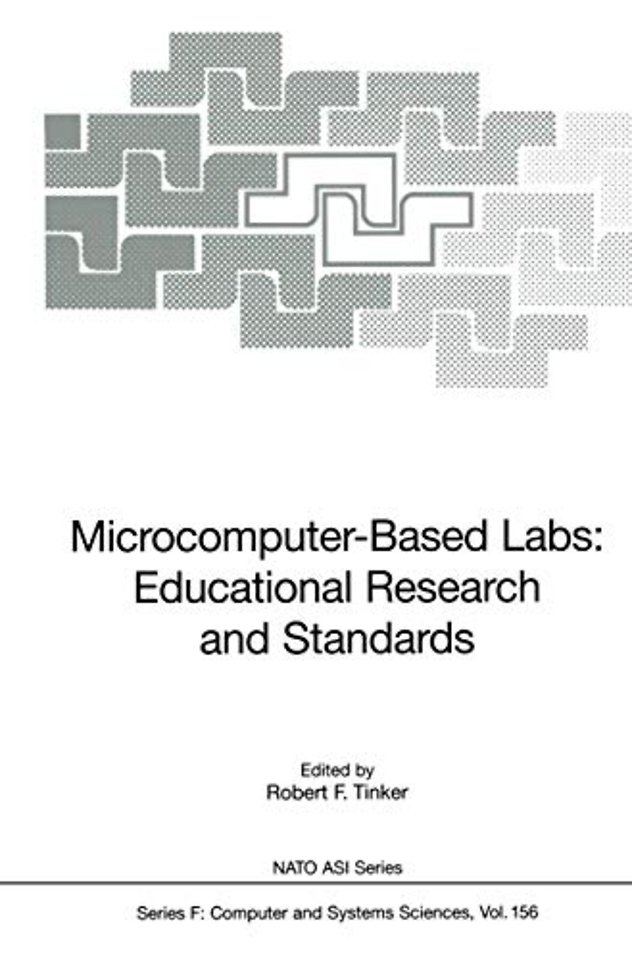Origins of Innovation.- The Spread of Acceptance.- The Paucity of the Literature.- The Nature of Proof.- Standards.- Fusion of Educational Technologies.- I: Overview.- From Separation to Partnership in Science Education: Students, Laboratories, and the Curriculum.- 2. Trends and Techniques in Computer-Based Educational Simulations: Applications to MBL Design.- 3. MBL, MML and the Science Curriculum—Are We Ready for Implementation.- II: Research.- 4. Using Large-Scale Classroom Research to Study Student Conceptual Learning in Mechanics and to Develop New Approaches to Learning.- 5. A New Mechanics Case Study: Using Collisions to Learn about Newton´s Third Law.- 6. Teaching Electric Circuit Concepts Using Microcomputer-Based Current/Voltage Probes.- 7. Learning and Teaching Motion: MBL Approaches.- 8. Study of Pupils’ Skills of Graphical Interpretation with Reference to the Use of Data-Logging Techniques.- 9. On Ways of Symbolizing: The Case of Laura and the Velocity Sign.- 10. Microcomputer-Based Laboratories in Inquiry-Based Science Education—An Implementation Perspective.- III: MBL and Learning.- 11. Computer Modelling for the Young—and Not So Young—Scientist.- 12. Computer Applications in Physics: The Integration of Information Technology in the Physics Curriculum.- 13. Global Lab: From Classroom Labs to Real-World Research Labs.- 14. Dynamic Physical Representation of Real Experiments.- 15. Changing Misconceptions Through MBL—A Concept for Lab-Sessions.- 16. Teaching Mechanics Through Interactive Video and a Microcomputer-Based Laboratory.- 17. Wanting to Know: Interactive Video Providing the Context for Microcomputer-Based Laboratories.- IV: Hardware and Software Systems.- 18. The Development of a Communication Protocol for School Science LaboratoryEquipment.- 19. Software: Integration, Collaboration, Standards, and Progress.- 20. IP-Coach—A Useful Tool for Universities in Developing Countries.- 21. The CALIOPE: A Computer-Assisted Laboratory Instrument Oriented to Physics Education.- 22. Bremer Interface System: Didactic Guidelines for a Universal, Open, and User-friendly MBL System.- 23. Some Experiments in Physics Education: Using a Force Sensor Connected to a Computer.- 24. Microcomputer-Based Laboratories at A. Mickiewicz University.- 25. Microcomputer-Based Laboratory—The Observation of Light Diffraction and Interference Patterns.- List of Contributors.

